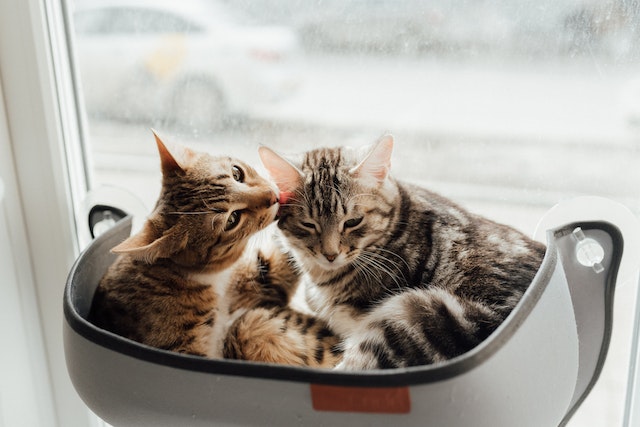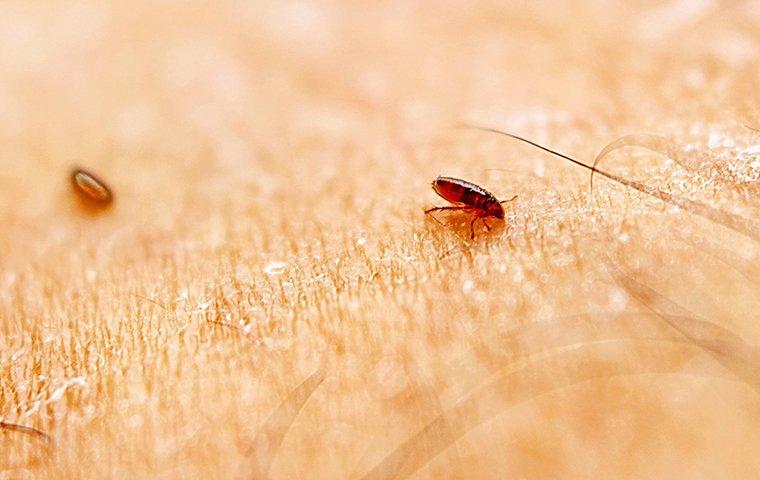Tabby cats are known for their beautiful markings and distinctive coat patterns. However, if you or someone in your household has allergies, you may have concerns about owning a tabby cat. In this article, we will address frequently asked questions regarding tabby cats and allergies, including their hypoallergenic qualities, shedding tendencies, and how to manage allergies while owning a cat.
Are Tabby Cats Hypoallergenic?
No, tabby cats are not hypoallergenic. Hypoallergenic breeds are those that produce fewer allergens compared to other cats. Tabby is not a specific breed but refers to a coat pattern that can be found in various cat breeds. While some individuals may be less allergic to certain tabby cats due to variations in allergen production, it cannot be generalized that all tabby cats are hypoallergenic.
What Breed Is a Tabby Cat?
Tabby is not a specific breed but a coat pattern that can be found in various cat breeds. Tabby cats can have different coat colors, patterns, and markings. Some common cat breeds that frequently exhibit tabby coat patterns include the American Shorthair, Maine Coon, Abyssinian, and Bengal.
Can You Be Allergic to Tabby Cats?
Yes, it is possible to be allergic to tabby cats, just as with any other cat breed. Allergies to cats are typically triggered by proteins found in their saliva, urine, and dander (dead skin cells). These allergens can become airborne and cause allergic reactions in susceptible individuals.
How Much Do Tabby Cats Shed?
The amount of shedding in tabby cats can vary depending on the individual cat and its breed. Generally, tabby cats shed a moderate amount of fur. Regular grooming, such as brushing, can help reduce loose hair and minimize shedding. However, it’s important to note that shedding is a natural process for cats, and no cat is completely non-shedding.
How Do Cats Cause Allergies in Humans?
Cats produce allergens, including a protein called Fel d 1, which is found in their saliva, skin, and urine. When cats groom themselves, allergens from their saliva are deposited onto their fur. As cats shed their fur, the allergens become airborne and can trigger allergic reactions in susceptible individuals when inhaled or when they come into contact with the cat’s fur or dander.
How to Own a Cat When You’re Allergic?
If you’re allergic to cats but still wish to own one, there are several strategies you can try:
- Choose a hypoallergenic cat breed: Consider adopting a cat breed that is known to produce fewer allergens. Some hypoallergenic breeds include the Sphynx (hairless), Russian Blue, Balinese, and Devon Rex.
- Maintain good hygiene: Regularly groom your cat to reduce the amount of allergens on their fur. Use a high-efficiency particulate air (HEPA) filter in your home to minimize airborne allergens.
- Create cat-free zones: Designate certain areas of your home as cat-free zones, such as your bedroom, to minimize exposure to allergens while you sleep.
- Wash your hands and face: After interacting with your cat, wash your hands and face thoroughly to remove any allergens that may have come into contact with your skin.
- Consider allergy medication or immunotherapy: Consult with a healthcare professional or allergist to explore medication options or allergen immunotherapy (allergy shots) to help manage your cat allergies.
Look for These Cat Allergy Symptoms
Cat allergies can manifest in various symptoms, including:
- Sneezing
- Runny or stuffy nose
- Itchy or watery eyes
- Coughing
- Wheezing or shortness of breath
- Skin rashes or hives
If you experience any of these symptoms after being in contact with cats, it’s advisable to consult with a healthcare professional or allergist for an accurate diagnosis and appropriate management options.
Are Hairless Cats Hypoallergenic?
Hairless cats, such as the Sphynx breed, are often considered hypoallergenic because they have minimal fur to shed. However, they still produce allergens, primarily through their saliva and skin. While some individuals with cat allergies may experience fewer symptoms with hairless cats, it’s important to note that not all individuals will react the same way, and allergies can still be triggered by other cat allergens.
What Are Kinds of Cats Hypoallergenic?
Several cat breeds are known for their hypoallergenic qualities, including:
- Sphynx
- Russian Blue
- Balinese
- Devon Rex
- Bengal
- Siberian
These breeds are often considered less likely to trigger allergies due to their lower production of allergens. However, it’s essential to remember that individual reactions may vary, and it’s advisable to spend time with a cat of the desired breed to assess your personal sensitivity before committing to ownership.
Do Allergy Shots Work for Cat Allergies?
Allergy shots, also known as allergen immunotherapy, can be an effective long-term treatment option for individuals with cat allergies. By gradually exposing the body to small amounts of cat allergens, allergy shots can help desensitize the immune system and reduce allergic reactions. It’s important to consult with an allergist to determine if allergy shots are a suitable option for your specific allergy needs.
How Do I Reduce Allergies in Cats?
While it’s not possible to eliminate allergies in cats, there are steps you can take to reduce allergen exposure:
- Regular grooming and bathing of your cat can help reduce the amount of allergens on their fur.
- Use high-quality air filters in your home to minimize airborne allergens.
- Clean your home regularly, including vacuuming carpets and furniture, to remove trapped allergens.
- Consider hypoallergenic bedding and upholstery materials that are easier to clean and minimize allergen accumulation.
List of Lowest Shedding Cat Breeds
If shedding is a significant concern due to allergies, consider adopting a cat breed that is known for minimal shedding. Some cat breeds with low shedding tendencies include:
- Russian Blue
- Siamese
- Burmese
- Bengal
- Cornish Rex
- Devon Rex
- Sphynx
Remember that even low-shedding breeds still produce allergens, so it’s important to spend time with the specific breed and assess your personal sensitivity before making a decision.
Conclusion
Owning a tabby cat or any cat breed when you have allergies requires careful consideration and management. While tabby cats are not hypoallergenic, there are strategies to minimize allergen exposure and reduce allergic reactions. Choosing hypoallergenic breeds, maintaining good hygiene practices, and considering allergy medication or immunotherapy can help make cat ownership more enjoyable for individuals with allergies. Always consult with healthcare professionals or allergists for personalized advice and guidance.














